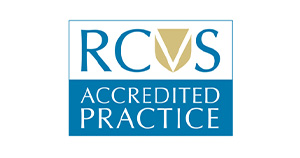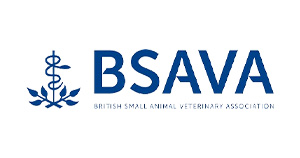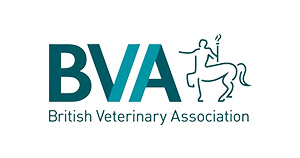Udder Health Tips
Published on: Feb 15, 2023
We had a great second Top10 meeting at Pilton last month, focusing on udder health. Thank you to all that attended and a big congratulations to The Doman Family at Manor Farm for becoming our Udder Health Champion, and to all the Top10 award winners for achieving high performance in what can be a very tricky management aspect of dairy farming. For those that were unable to attend, but are interested in your results, please speak to your routine vet and they’ll be able to bring your data to show you where your farm sits in our benchmarking group.
The evening focused on three simple metrics, for which we have accurate data – a key component of successful benchmarking. The metrics covered were bulk milk SCC, milking cow tube usage and
dry cow tube usage; all used a proxy-measures to udder disease and therefore profit associated with having healthy udders. We learned that as a group, the Shepton Top10 farmers outperform UK targets
and averages, but there is still a substantial difference between the top and bottom quartiles of our group, equating to financial differences of over £20,000/100 cows! When looking at improving udder health, there are some recurring themes, whether you are looking to lower SCC, reduce clinical mastitis/ tube usage or improve dry-off outcomes/ selective DCT, which are:Know where the risks are –
this requires data analysis, using specialist programmes that we have at Shepton Vets. Analysing the data shows what areas on the farm or what points in time appear to have associated risk. Once we know this, we can focus on-farm investigation exactly where it’s required to yield results. Know your bugs – if we know where the bugs are coming from, but don’t know which bugs they are, it makes it very tricky to make informed decisions on how to manage infections (treat, if so which treatment; or no treatment?). By submitting samples for culture, which we now carry-out in house, we can quickly develop a pathogen profile for your farm and set up specific treatment/management protocols that will give you the best outcomes. I advise at least annually that 3 highest SCC cows, 3 new SCC cows are sampled and 3 chronic (3+ high recordings in a row) cows are sampled, as well as 6 clinical mastitis cases – all of which can be frozen and stored until they are submitted for culture.
Act upon problems – just knowing your risks/ bugs is not enough, you must act on the information you have, and the advice given.
Setting up effective and easy to follow plans with our vets will be the easiest way to succeed in improving udder health.
Consistently good udder health is tricky to achieve but engaging with the above steps will help you on your way. If you are interested
in anything I have summarised above, please speak to your routine vet.We now look forward to welcoming you to our next Pilton Top10 meeting this month – please book your places ASAP!

Author –
Charlie Neale
Shepton Vets discusses udder health in dairy cows. Learn about benchmarking metrics, data analysis, pathogen identification & best practices for healthy udders.
dairy cow udder health | udder health benchmarking | bulk milk SCC | milking cow tube usage | dry cow tube usage | Shepton Top10 farmers | udder disease in cattle | mastitis in dairy cows | dairy farm profitability | Shepton Vets dairy farm services











